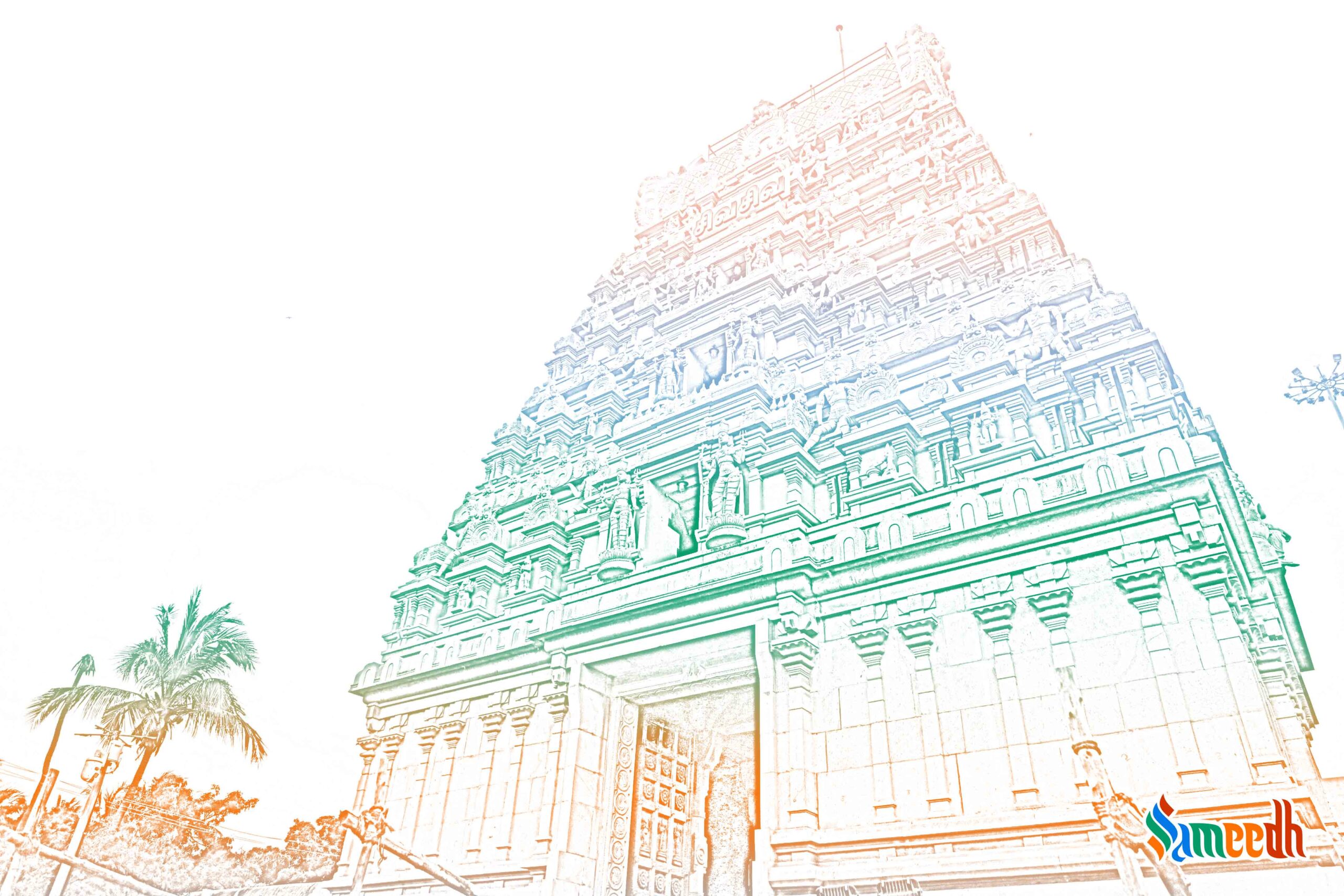The significance of the holy temple built for lord Shiva in Rameshwaram

Rameshwar or Rameshwaram temple is situated on the island of Rameshwaram in the Indian state of Tamil Nadu. It is surrounded by the Indian ocean and the Bay of Bengal, lying on the South East of Chennai, a couple of miles away. It has a total of 64 water bodies or tirtha around itself. 24 out of those are deemed holy and bathing in them is believed to wash you of your sins. The prime one being Bay of Bengal also known as Agni Tirtham.
This sacred place is a Jyotirling, symbolisation and shrines of lord Shiva. Jyoti translates to the word radiance and linga is the idol worshipped as a representation of lord Shiva, entirely meaning, “a pillar of column of light”. There are 12 such sacred shrines of Shiva spread across the Indian subcontinent. Rameshwar is known as the southernmost Jyotirling. It is also one of the four most famous pilgrimage locations which fall under Chardham, along with Dwarka, Puri, Uttrakhand.
This temple is often visited for atonement of sins and to wash one’s paap, sins or wrong doings away. Only by doing so and striking a balance between Karma, one can attain Moksha or liberation from the cycle of birth, death and rebirth.
History
Although the construction of this temple started in the early 12th century, it was only completed much later under the leadership of several rulers. It was in 17th century BC that the temple was constructed completely as it is displayed today. The lingam of the deity Ramanathaswamy presides in the sacred shrine of Rameshwar temple.
Mythologically, the story of the origin of Rameshwar temple dates back to the era of Ramayan, the great Indian epic. After defeating the chief of Lanka, Ravan, who had abducted Ram’s wife, Sita, the latter went to offer his prayers to lord Shiva. Ram did this to atone for his sins in the battle as he was a firm believer of dharma or the code of conduct and Ravan was not only a Brahmin but a devotee of Shiva himself. But when Ram arrived in India, there was no shrine of Shiva present at that location. So he instructed Hanuman, his ardent follower, to get a lingam from Mount Kailash, the very home of Shiva. But Hanuman took too long to return and would not have been able to make it before the set auspicious time dedicated to perform rituals or puja. So Sita crafted a lingam out of mere sand and labelled it as Ramlinga, which was then worshipped by all. When Hanuman arrived with a linga, it upset him that he was not waited for and to comfort him, Ram suggested that the linga that the former brought be worshipped by the name of Vishwalinga.
The entire shrine created there marks the victory of Ram over Ravan and good over evil.
Furthermore, there is a bridge that connects the island with mainland India. Again, as mentioned in Ramayan, a bridge was built to Lanka so Ram could cross the sea with his army to rescue his wife from the clutches of Ravan. This path was called the Ram Setu bridge. After the victory and their return, Ram was ordered to destroy the bridge to lose ties with the island. This was done with just the shot of an arrow, giving the name of Dhanushoti to the southernmost tip of India.
Architecture
The temple lies across the land of 15 acres. It has tall pyramidal towers called Gopurams. As mentioned, there are two lingam idols in the holy temple. There are 36 teertham or water bodies in Rameshwaram and 22 out of those are present in the boundaries of the temple itself.